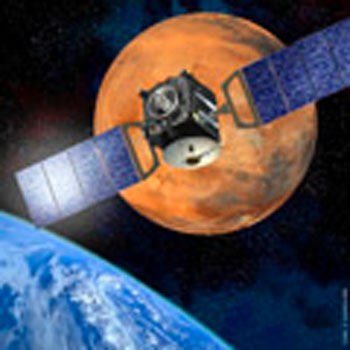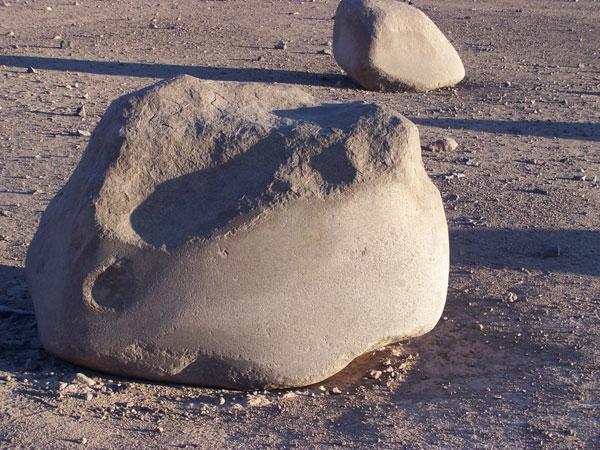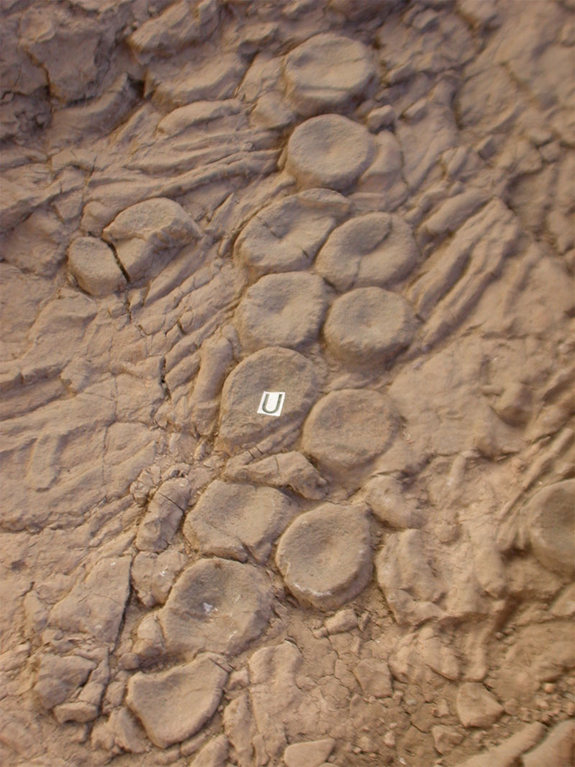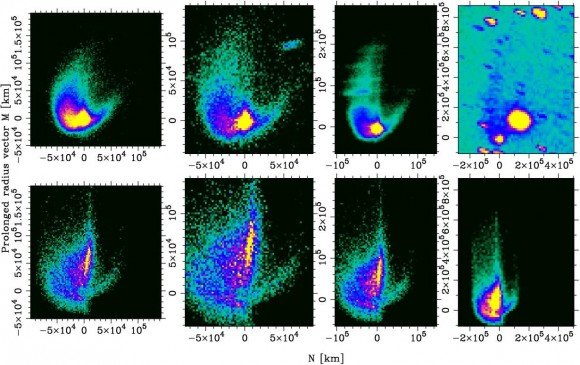
© iop.orgMars Express
was able to accomplish what so many other spacecraft have tried and failed by using a SPICAM(2) spectrometer
The search for water on Mars has been ongoing for quite some time now, with Mars rovers like NASA's Spirit and Opportunity being two examples of those who have found clues that point to a once-tropical past on the dusty red planet billions of years ago.
Now, the European Space Agency's
Mars Express spacecraft has discovered that Mars' atmosphere holds water vapor in a supersaturated state.
Mars Express was able to accomplish what so many other spacecraft have tried and failed by using a SPICAM(2) spectrometer. While other spacecraft have used tools that concentrate only on surface data, which only analyzes the horizontal component of the Martian atmosphere, SPICAM(2) utilizes solar occultation to observe the vertical component of the atmosphere, which is critical for understanding Mars' hydrological cycle. Solar occultation studies light from the Sun in Martian atmosphere during sunrise and sunset.
Supersaturation is the vapor of a compound that has a higher pressure than the vapor pressure of that compound. Earth's atmosphere is considered saturated because water vapor condenses when the temperature drops below dew point, and the atmosphere cannot contain any more moisture at that point. This excess water turns into a liquid around dust and particles that are suspended, causing precipitation, but sometimes the low availability of dust and particles can slow condensation and leave excess water vapor in its gaseous state. This is supersaturation.
As it turns out, supersaturation is common on Mars. In fact,
Mars Express found that the levels of supersaturation on Mars were 10 times higher than those on Earth.
"This ability of water vapor to exist in a highly supersaturated state would, for example, allow to supply the southern hemisphere of Mars with water, far more efficiently than models currently predict," said Franck Montmessin, a researcher at the Laboratoire Atmosphères, Milieux, Observations Spatiales (LATMOS, CNRS / UPMC / UVSQ).
This research could contribute to the overall understanding of the planet's low amount of water today as opposed to its abundance of water billions of years ago.
This study was published in
Science.




